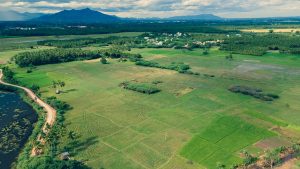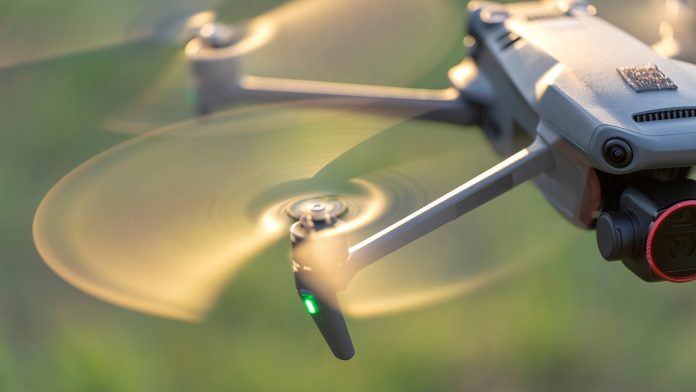The world’s largest and longest drone superhighway network, spearheaded by Altitude Angel, is set to be complete by May 2024.
Testing is underway on the drone superhighway network, with around one-third of the beacons already in place.
It’s set to link towns and cities across the UK, initially connecting Reading and Coventry and urban conurbations along the south coast of England.
Known as Project Skyway, the blueprint will allow businesses to develop by commercialising new and innovative drone-based products, processes, and services.
Richard Parker, CEO and Founder of Altitude Angel, said: “This is the most ambitious transport project proposed for the country since the advent of the railway network in the 18th century.
“Britain is at the forefront of a second transport revolution. Drones can potentially transport goods in a way our ancestors could never have imagined but would have surely understood. Britain can lead the world in these innovative and life-saving technologies. We have the skills and ambition to open our skies to safe and secure drone and air-taxi flights.”
The drone superhighway will support fully automated drone flights
The drone superhighway network will use detect and avoid technology to unlock the huge potential offered by unmanned aerial vehicles. The technology developed on the file-mile Arrow Drone Zone built by Altitude Angel will promote the growth of the urban air mobility industry.
Existing drone corridors restrict access to operators by imposing punitive financial barriers to fly. Instead, the drone superhighway will be able to support fully automated flights beyond visual light-of-sight from any drone company that completes a series of basic technical integrations. This does not require specialist hardware on-board the drone.
Parker explained: “The purpose of this skyway is to put very clever sensors on the ground.

“They stare up into the sky. They look for aircraft, as well as other drones. We take that information into our control centre and process where the aircraft are heading.
“We can then pass instructions to the drones to avoid collisions, keeping everything safe. Every element of this is being extensively tested.”
Monitoring deconfliction
Researchers have predicted that the first 1,000ft is to become the densest area of airspace as it evolves using unmanned general aviation.
The new drone superhighway will permit ease of access while monitoring deconfliction to ensure that the airspace does not close as it does today.
The detect and avoid solution will collaborate to enable greater awareness of manned and unmanned traffic to all stakeholders.
Expanding the superhighway
The route linking Reading and the Midlands will take off next summer, with more corridors expected to follow.
Most of the funding for the drone superhighway has come from a government grant, but BT is also investing, and there is potential to mount beacons on existing mobile phone masts.
It is clear to see that this technology could help remote rural communities deliver medicines and, in the future, letters and small parcels.
Reading’s dense population and businesses make it an ideal area to make the drone superhighway commercially viable.









